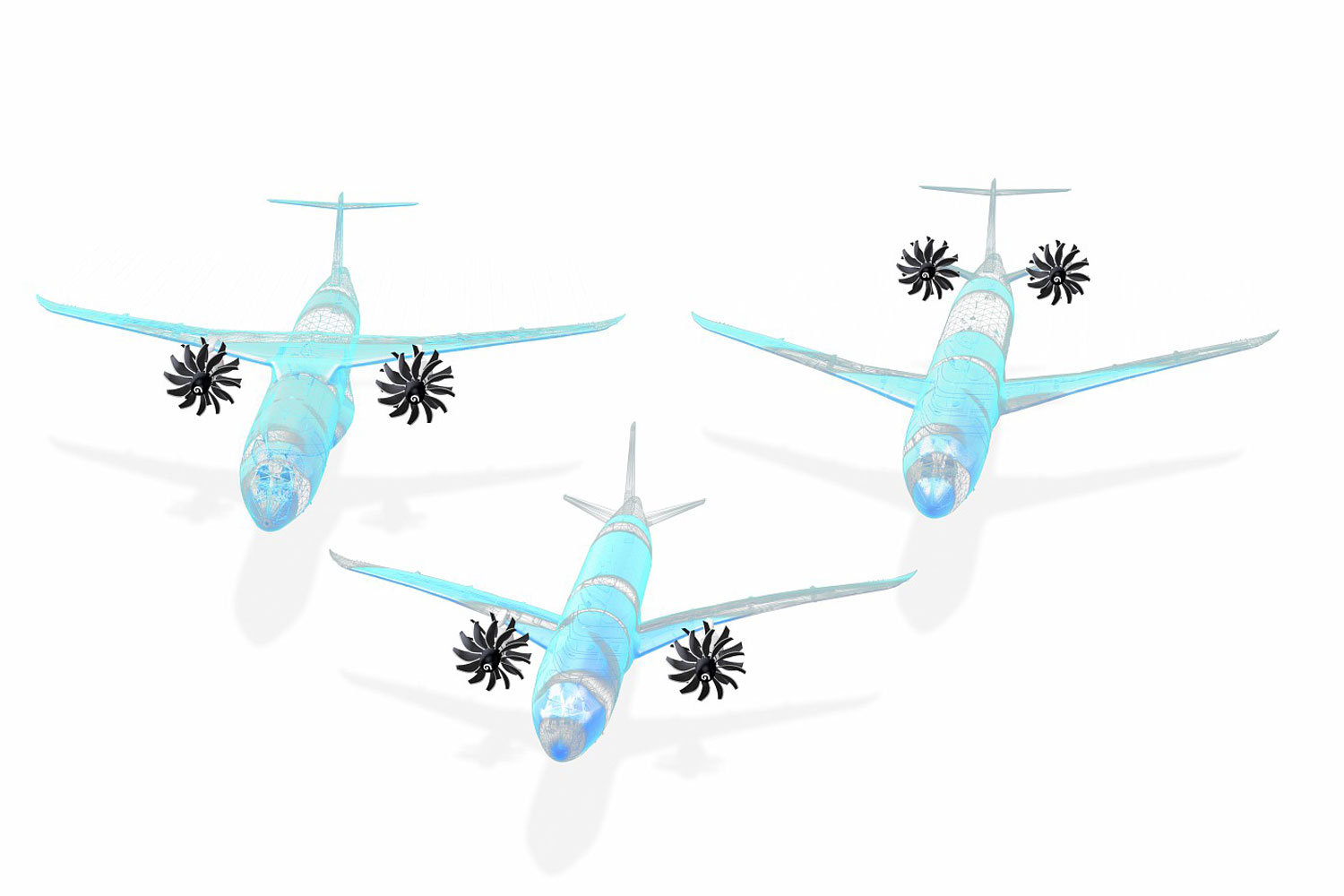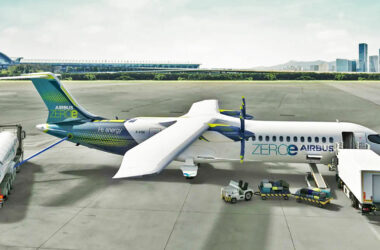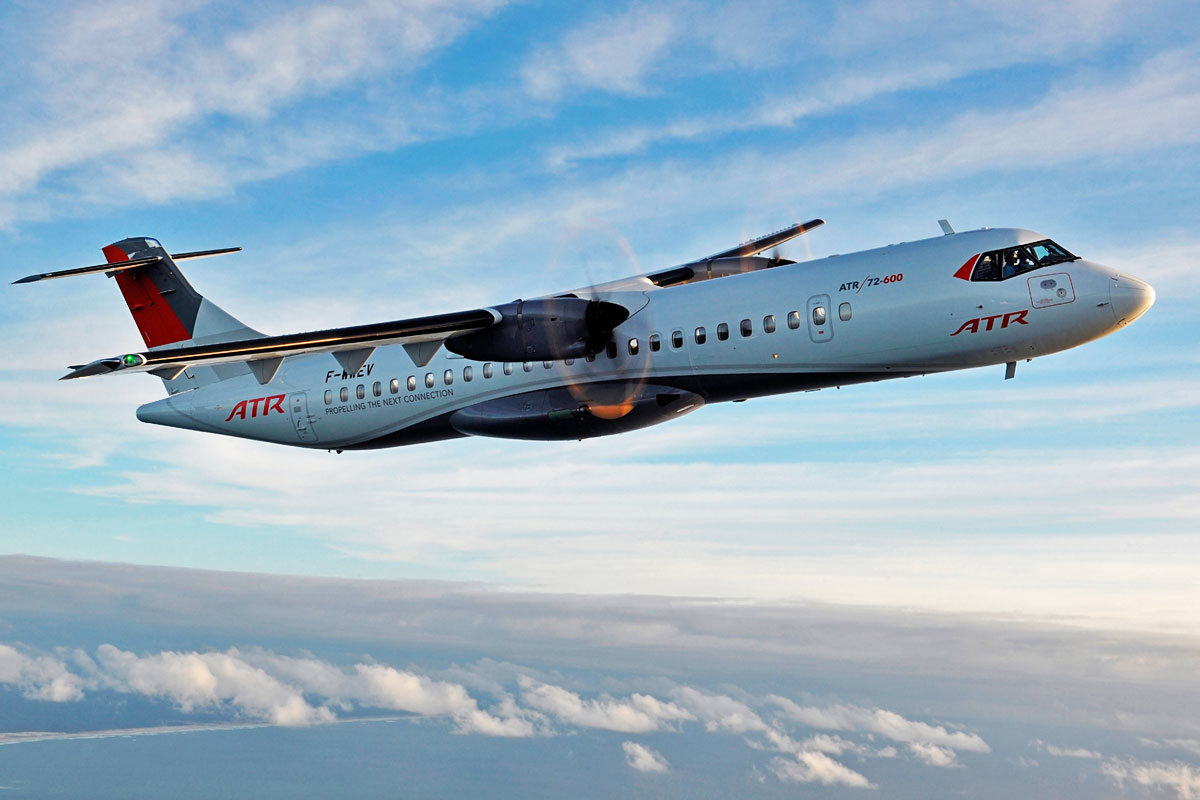General Electric and Safran announced on Monday an ambitious program that foresees the development of the new generation of the CFM engine, a joint venture created by the two companies in 1974.
Called CFM RISE (Revolutionary Innovation for Sustainable Engines), the program aims to demonstrate a new line of disruptive technologies for future engines will enter service from the mid-2030s.
Among the technologies to be studied are an open fan architecture, hybrid electric capability, use of sustainable jet fuel and hydrogen.
The new range of engines that are to replace the Leap series will be able to offer 20% lower fuel consumption and emissions than current turbofans.
The two companies also extended the partnership at CFM until 2050, when they expect CO² emissions to be cut in half.

“The relationship between GE and Safran today is the strongest it has ever been,” said John Slattery, CEO of GE Aviation. “Together, through the RISE technology demonstration program, we are reinventing the future of flight, bringing an advanced suite of revolutionary technologies to market that will take the next generation of single-aisle aircraft to a new level of fuel efficiency and reduced emissions. fully embrace the sustainability imperative.”
“Our industry is in the midst of the most challenging times we have ever faced,” said Olivier Andriès, CEO of Safran. “We have to act now to accelerate our efforts to reduce our impact on the environment. Since the early 1970s, breakthrough engine efficiency and reliability have been the hallmark of our historic partnership and our LEAP engine already reduces emissions by 15 percent compared to previous generation engines.”

Propfan
The most striking aspect of the project is the open fan concept, with two stages, the first with 12 blades. The idea is vaguely reminiscent of the Propfan, or UDF (Unducted Fan) system, which GE itself tested in the 1980s on 727 and MD-80 jets as a testbed.
The difference is that on the Propfan the propellers (or fans) were located at the rear of the engine, receiving the heated air flow from the compressor. Safran also evaluated a similar concept years ago, the Open Rotor, which like the UDF had the outer section at the back.
In the 1980s, however, the technology lost support after the engine generated too much noise. Propfans, however, were eventually adopted on aircraft like the Antonov An-70, but on a smaller and simpler scale.
The CFM RISE program aims to have a demo engine ready to fly by the middle of this decade.






